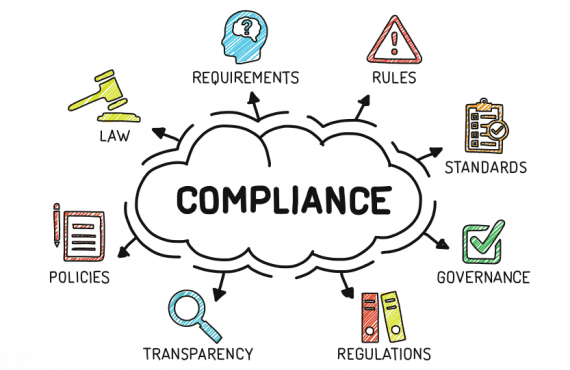Wear good sturdy shoes in case you need to run. Do not carry a purse; put ID in your home health bag, not attached to the outside. Put a small can of mace in the outside pocket of the bag if allowed in your area. Don’t depend on the car alarm or panic mode which is on some key fobs, as people tend to ignore the sound. Don’t play with your phone as you are walking; it’s a distraction and someone may want your phone.
Park as close as possible to the residence you are going to visit. Keep the doors locked until you are ready to disembark. If you have a gut-feeling that something isn’t right, do not get out of the car. Drive to a safe place and call your agency or the police.
Once you get out of your car, make sure you lock it and immediately proceed to your visit. Knock, and then enter when you are asked to come in. Have your ID handy inside your shirt or coat pocket to confirm your identity to your patient. Once inside the residence, immediately survey your environment. If you see animals, ask that they be locked up for the duration of the visit. Animals are very protective of their owners, and can perceive you as a threat if their owner experiences pain due to a procedure that you need to perform.
Guns can also be a problem. Ask if any guns are present, and if so, ask that they be secured. At one of my visits, I got up to leave, and my patient moved in front of me and told me, “Sit down! You are not leaving yet.” He then reached into a drawer, removed a gun, and set it on the table in front of him. I politely informed him that I had other patients who were expecting me, but he still wouldn’t let me leave. I remained calm, talked quietly with him, and was finally able to convince him to let me leave. I left, got into my car, locked the door, and drove a safe distance away. I then pulled over and immediately notified my agency of what had transpired. Although I knew this patient was lonely and had no visitors other than home health, the fact that he brought his gun into the picture caused me great alarm. I did not return to see this patient.
Safety tips for home health staff include:
- Prescreening can help prevent issues during your visit.Call the night beforeto schedule your visit and ask about the presence of animals or weapons.
- Be aware of your surroundings when parking.Try to park in a lighted and open area, not where someone can hide and wait for you to return.
- Make sure you have no identifying information visible on you when you get out of the car.
- Exit your car, and proceed directly to your patient’s residence.
- Complete your visits in the daytime if possible. If not, have a flashlight handy that you can shine in any potential attacker’s eyes.
- Never dally in your car after you complete your visit; drive away immediately.
- Make sure the office knows your schedule so that if your next patient calls to say you have not arrived, the agency can contact you or your previous patient to see what held you up.
- Be aware. Be purposeful in your movements. Be safe.
- Remember, you are always in control.If you do not feel comfortable, leave, drive a safe distance away, and notify your agency. No one wants you to put yourself in harm’s way.
In my 25 years in home health, I only had that one scary moment, and I didn’t leave home health because of it. Most, if not all, of your patients will truly appreciate the care you give them.














































